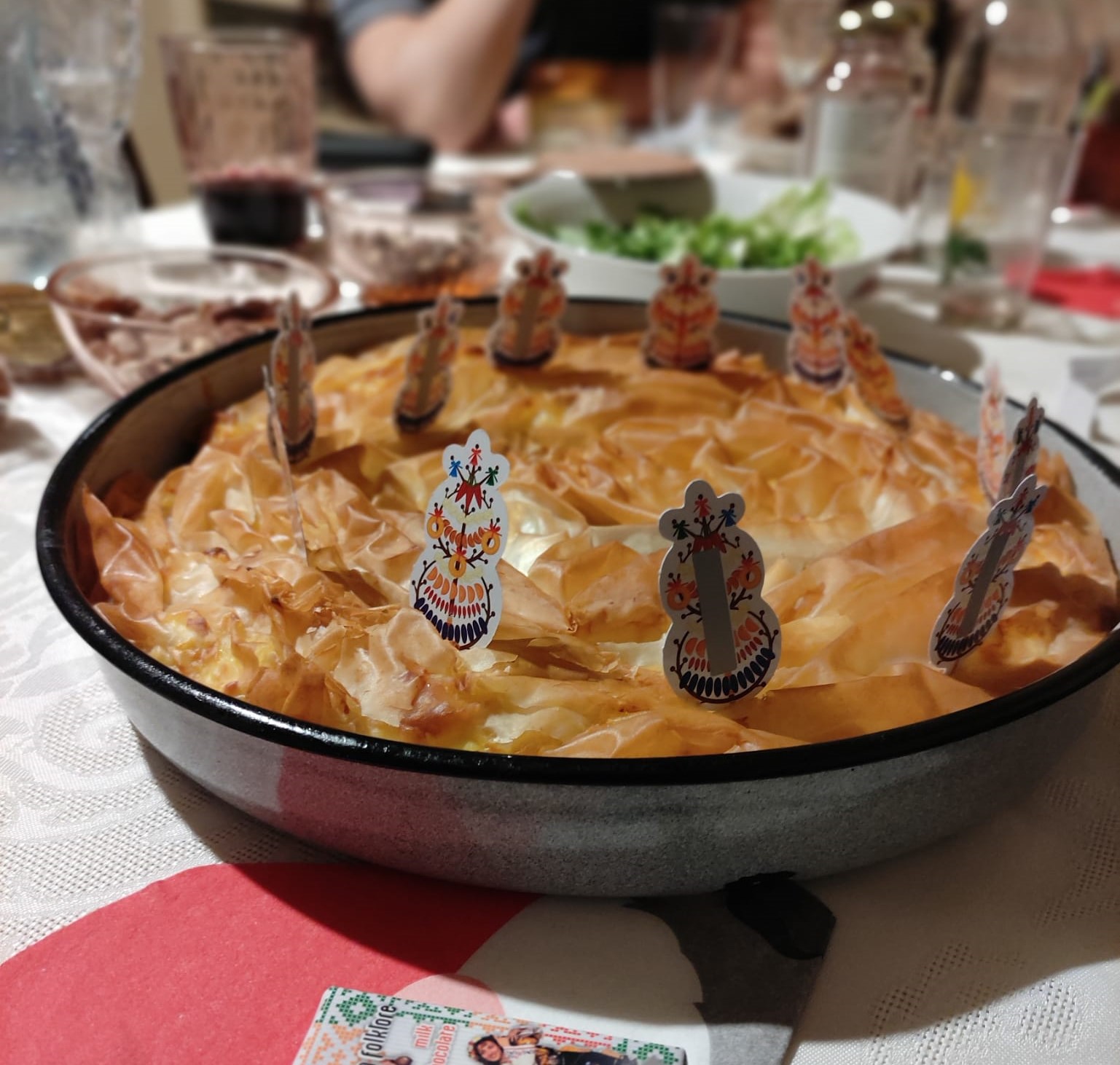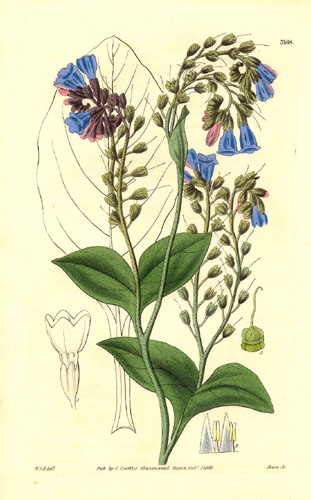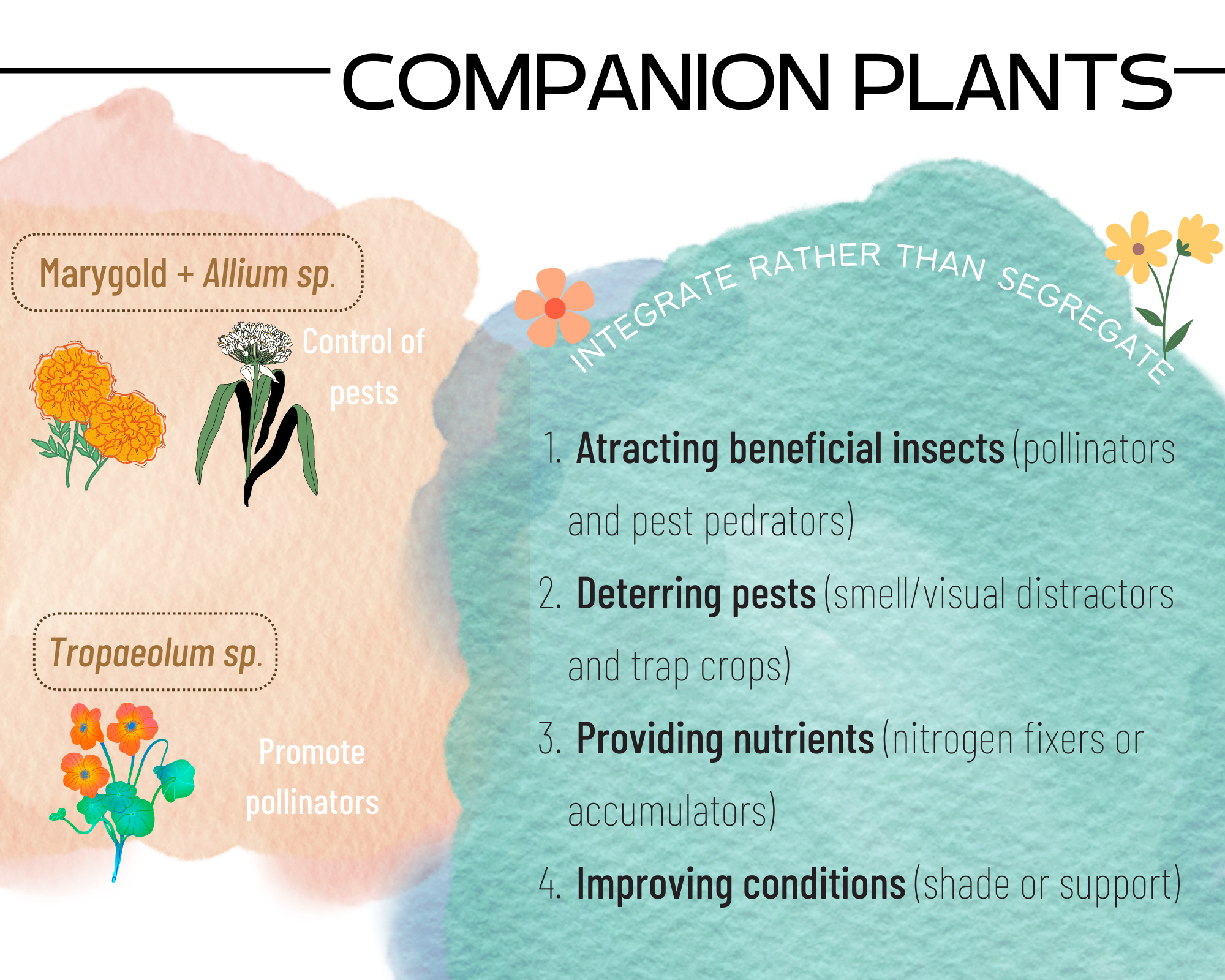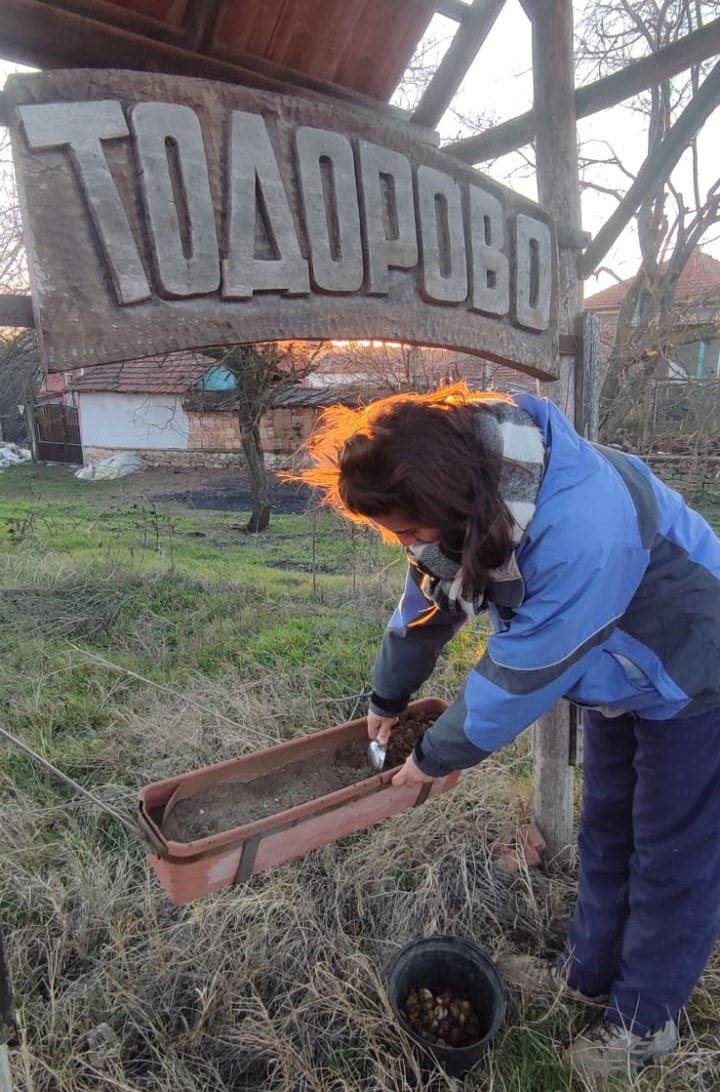François:
Dear readers,
After a well-deserved break due to the end of the year celebrations, we are happy to be back writing in the blog! This week I would like to start with a (very short) Bulgarian lesson, wishing you all a честита нова година! Pronounced “Tschestita nova godina“, it is the common way to wish a happy new year here in Bulgaria. May 2023 be a year of love, health and success in all your permaculture endeavors!
This new year is also a big change for us as a team. Our sadness of Chloé being gone, indeed, has no equal, but the excitement that soon we will welcome two new volunteers – from Italy this time – Anastasja and Peter!
One of our activities this week has been to collect and transplant comfrey plants. Since this plant has a lot of interesting properties and is not very well known, I thought it would be a nice subject for my weekly post!
Symphytum caucasicum, one of the 59 comfrey species (Curtis’s botanical magazine; or flower garden displayed. London, 1832, volume 59, plate 3188)
Comfrey is the common name of the genus of flowering plants Symphytum. It is also sometimes referred as “boneset”, because it was believed to heal broken bones. It is a perennial plant, hermaphrodite and pollinated by bees, characterized by its deep taproot and a large root system. A taproot, as opposed to fibrous root systems, is a large, dominant and central root with smaller roots sprouting from it. One typical example is carrots.
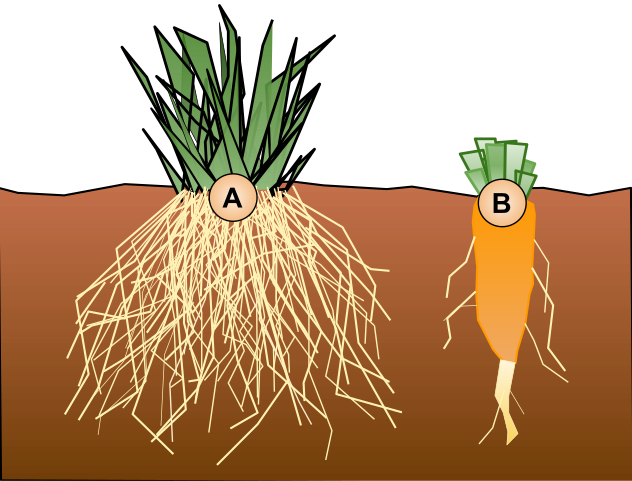
A common use of comfrey is as a natural fertilizer. Its taproot, indeed, pulls up a lot of nutrients and minerals that are deep in the subsoil. They then accumulate in the plant’s leaves, hence we call it a dynamic accumulator.
You can make a liquid fertilizer out of it, known as comfrey tea, using the following recipe:
– Harvest the leaves of the plant. It is recommended to take the largest, outer leaves and to pull off leaves no more than 4 times a year for the comfrey not to get damaged;
– Cut the stems. You can use them for compost or for mulch, as they are rich in nitrogen and potassium;
– Squish and squeeze as many leaves as you can in a container;
– Add enough water to fully cover the leaves;
– Cover tightly and wait from 3 to 5 weeks for it to ferment;
– Open the container (beware of the smell!) and throw the leftover leaves to your compost after having strained them;
– The liquid will be too strong for being used directly: dilute it in water with a 3:1 ratio (dilute it twice more for young plants);
– The tea is ready to be spread in your garden!
Comfrey has been historically used a lot for medicinal purposes. Its root and leaves can be turned into a poultice for external treatments of cuts, bruises, eczema, etc, or can be used internally for pulmonary complaints or internal bleeding. Be aware though that we are not doctors: please always seek advice from a professional before using a plant medicinally. Be especially careful if you have liver issues, as comfrey contains small quantities of a toxic alkaloid.
Finally, comfrey is a pollinator-friendly plant, and can as such be used to attract bees.
If you want to learn more about comfrey, here are some links of interest:
I hope I have interested you as much as I now am about this wonderful plant! And don’t miss the next blog post, as I will introduce you to Hügelkultur 😉
Permaculturally yours,
François
Paula:
Happy New Year dear followers!
I hope you all have a nice resting time during the Christmas holidays. I had a lovely time in Spain but I am delighted to be back! My year started in Bulgaria and first of all I would like to tell you about a nice (and tasty) tradition for New Year’s eve. Баница, a well-known traditional bulgarian dish, is not only filled with cheese this night but also with fortunes. In our case, Vyara´s mum hide small sheets of paper with written wishes and coins in the баница. Everybody takes a piece and gets a fortune for the upcomming year, such as love, babies, promotion at work, new house/car or happines.
The delicious баница with fortunes we had after our New Year’s Eve dinner (photo credit: Paula Ochoa Sánchez).
This week I would love to introduce the concept of companion planting or interplanting where different plants are grown together because they benefit from each other. It is a natural way of controling and reducing pests in your garden as well as atracting beneficial insects for pollination. Therefore, it will help you to have a healthier garden! Companion planting also includes structural support between plants, as Native American tribes demonstrated in the Three Sisters model. Corn, beans and squash were planted together so the cornstalks served as bean poles, the beans contributed as nitrogen-fixers and the squash covered the soil to preserve moisture and to minimise weeds.

One of the reasons companion planting has a positive effect on your garden is the fact that it boosts biodiversity. The same principle applies to polycultures and guilds… Integrate rather than segragate! However, companion planting is not an exact science and in many cases we can find associations on the internet that are not based on the evidence. There are no magical combinations of plants but sometimes we can find some synergies between species. It is always a good idea to do some research on the specific plants that you are planning to grow in your garden, as well as the conditions in your area, to determine the best companion planting combinations for your specific needs. Specifically, insectary plants, that can be considered a kind of companion plants, are grown to attract, feed, and shelter beneficial insects that improve pollination and aid in biological pest control.
Summary of the advantages of companion planting (photo credits: Paula Ochoa Sanchez)
The genus Allium sp., which includes garlic, onion, leeks, scallion, chives, when planted with French marigolds is less likely to suffer from pests such as the onion maggot fly or the root-knot nematode. French marigolds release the chemical alpha-terthienyl from their roots that reduces the development of these parasites’ eggs. Here you can read a research article about synergies between marigolds and onions. In addition, intercropping of lettuce and onion can be useful to control the thread caterpillar Agrotis ipsilon. The desing and patterns used are importante and here the best result was obtained when onions surrounded a line of lettuces. Finally, Sweet alyssum has been found to be an excellent source of nectar and pollen for hoverflies and parasitic wasps that help manage the aphids. It has been grown together with lettuces to prevent aphid pests.
See you next week!
Paula
François and Paula:
We also tried to make the world a more beautiful place to live in, starting by Todorovo. We thus decided to plant bulbs at the entrance of the village and to clean again the eco-path:
Above: Paula and her sunset-crown, planting bulbs
Below: François picking trash at the risk of his own life
(photo credit: Vyara Marinova)

